|
I recently took a trip to (Palau’s) Southwest Islands for a week on Ryoma, a luxury live-aboard owned by DayDream Palau. The vessel was chartered by locals, in order to visit their home, Hatohobei and Helen Reef. My friend and I decided to hop on the ship bound for the Southwest as we’d never visited these remote atolls. After hearing about our upcoming journey, my manager Ron reached out and asked me if I wanted to borrow one of his DSLR (Digital Single Lens Reflex) cameras. With no hesitation, I asked for the telephoto that he uses often on our trips. Likewise, he did not hesitate to lend me his precious camera. On the third day of our voyage, we arrived at Hatohobei to drop some locals and school supplies, and then we took a six-hour trip to Helen Reef. We arrived at Helen in the evening, so I decided to outfit my kit for a morning photo shoot. At around 6 a.m. in the morning, I woke (to a photographer’s dream world, of clear blue skies) up with excitement because it looked like I would have a clear sky whole morning, giving me natural lighting. While my friend was still sleeping, I took the opportunity to take my shots. The locals told me that there was a particular bird nesting at the end of the beach, the Greater Crested Tern “Roall”. As I was creeping up on the birds in their nesting site, I heard a subtle splash behind me. To my surprise, a 4-foot long black tip shark was swimming in the shallows and it looked like it was chasing its prey towards the beach. With the sun on my back, I took numerous shots of the shark that had beached itself for a short amount of time. Jefferson Nestor, a local from Hatohobei, told me that this behavior was common among sharks and carangid fishes. He explained that the shark might have suspected that the piece of wood might have been a bird sitting helplessly. As it came for the kill, it realized that it had made a mistake and had turned back towards the deep. Jefferson also said that it is only common early in the morning. The island is covered with birds and the strays tend to be easy prey for sharks. I was just at the right place at the right time. As the shark swam away, I slowly moved closer to the terns like a hunter would approach its prey. I took a few shots, flew my drone, and here is what I got. - Cobi Jones By: Cobi Jones
0 Comments
|
Categories |
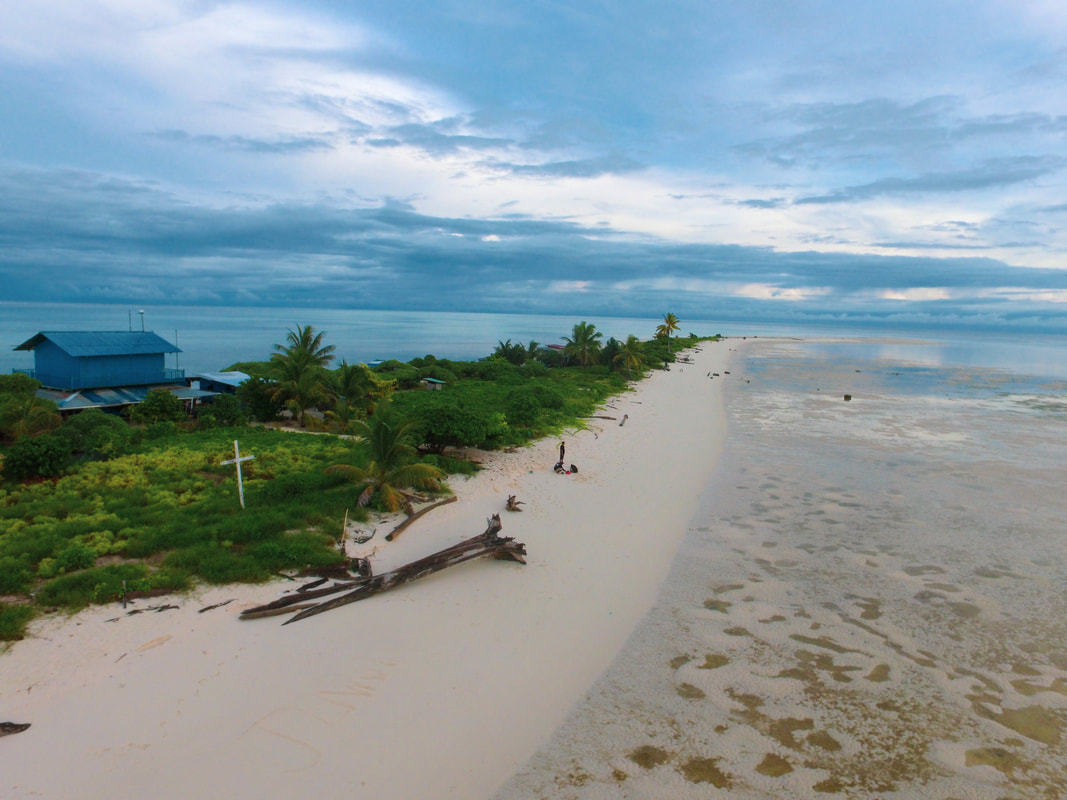
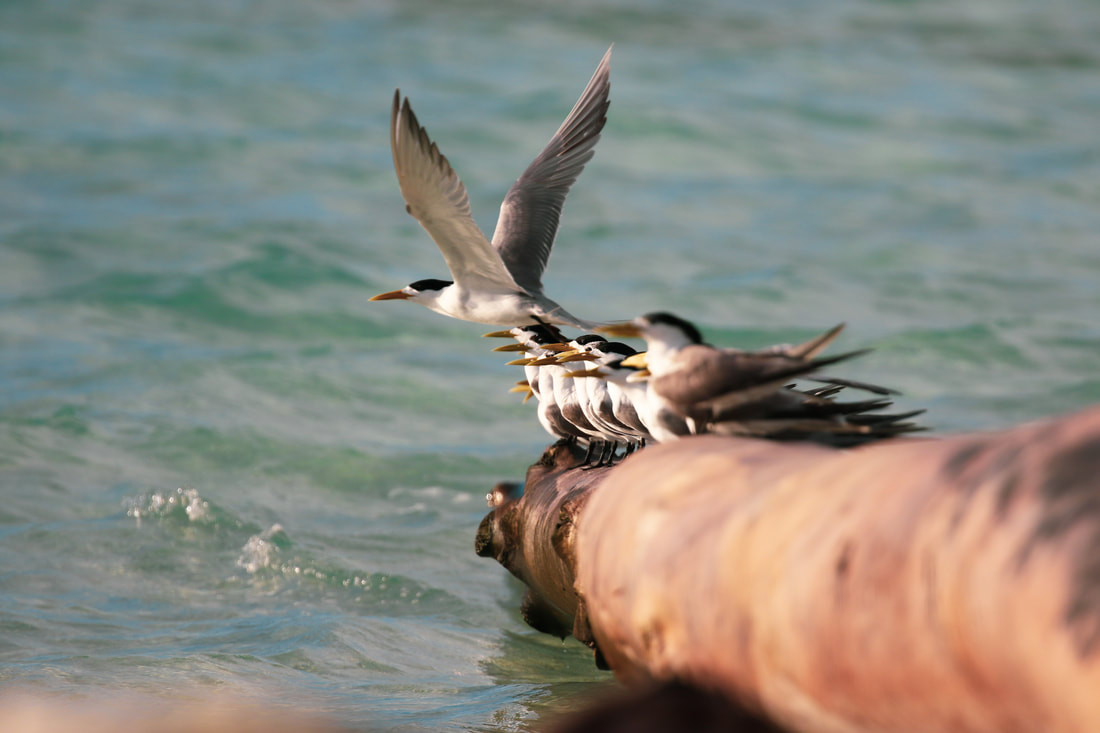
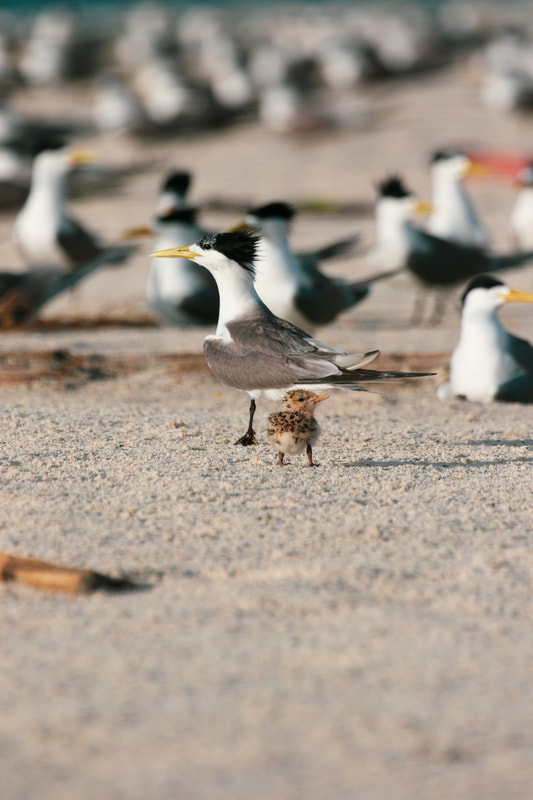
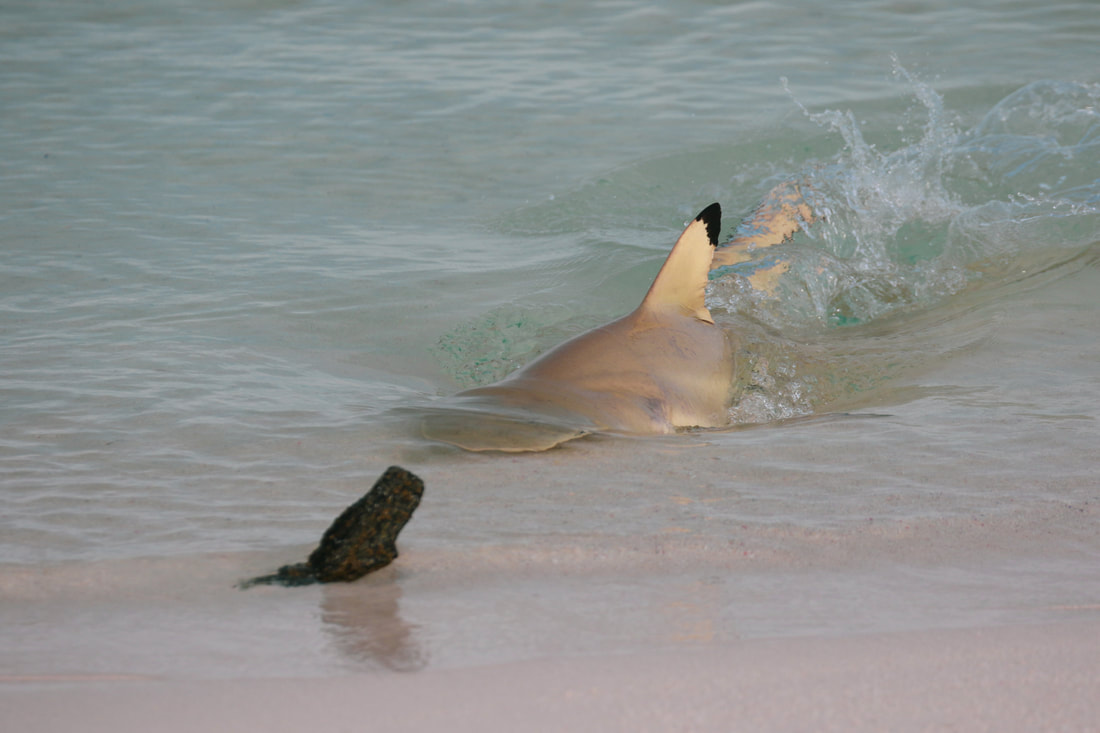
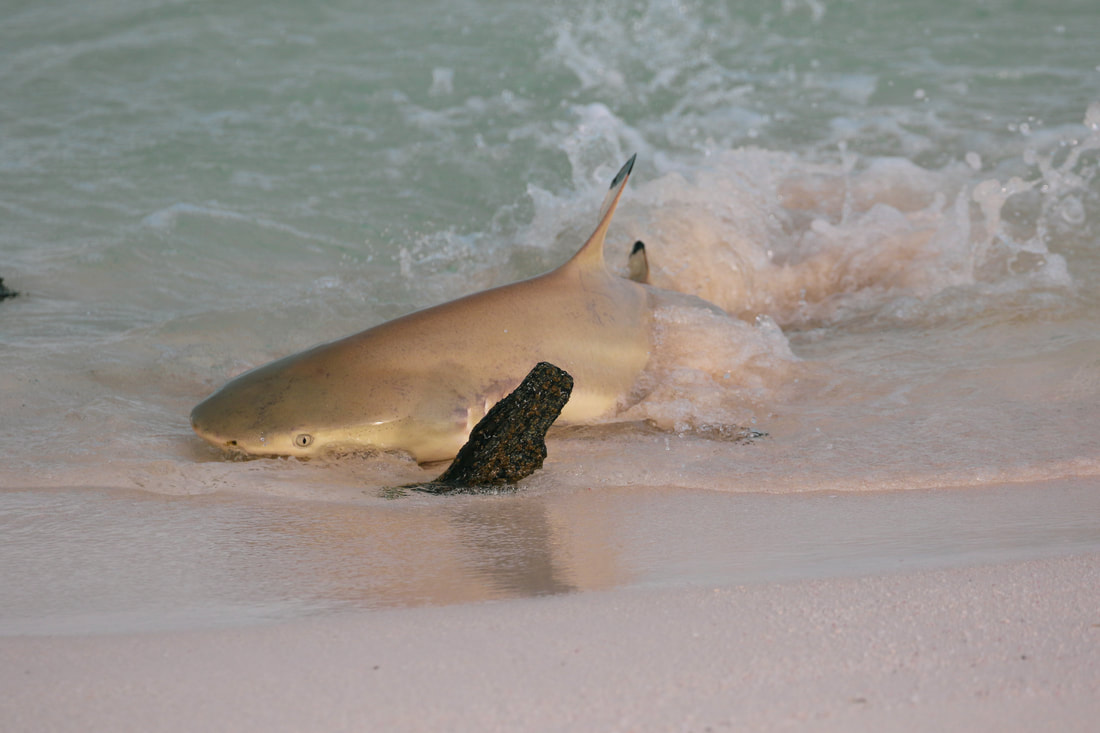
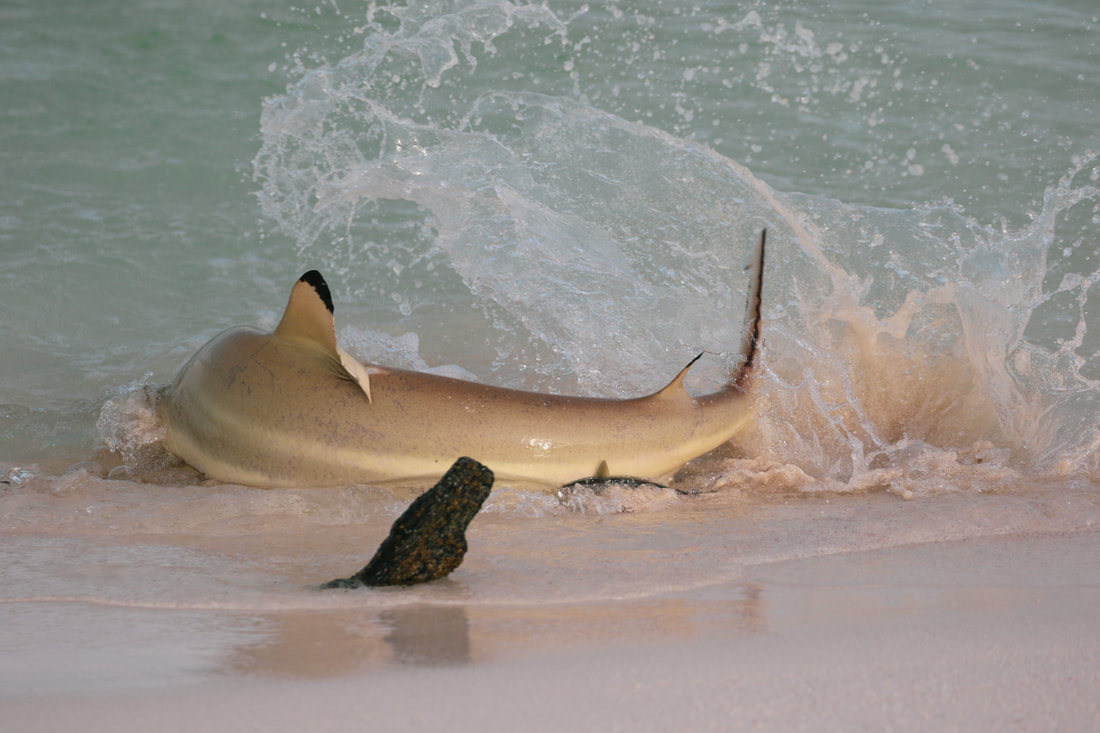
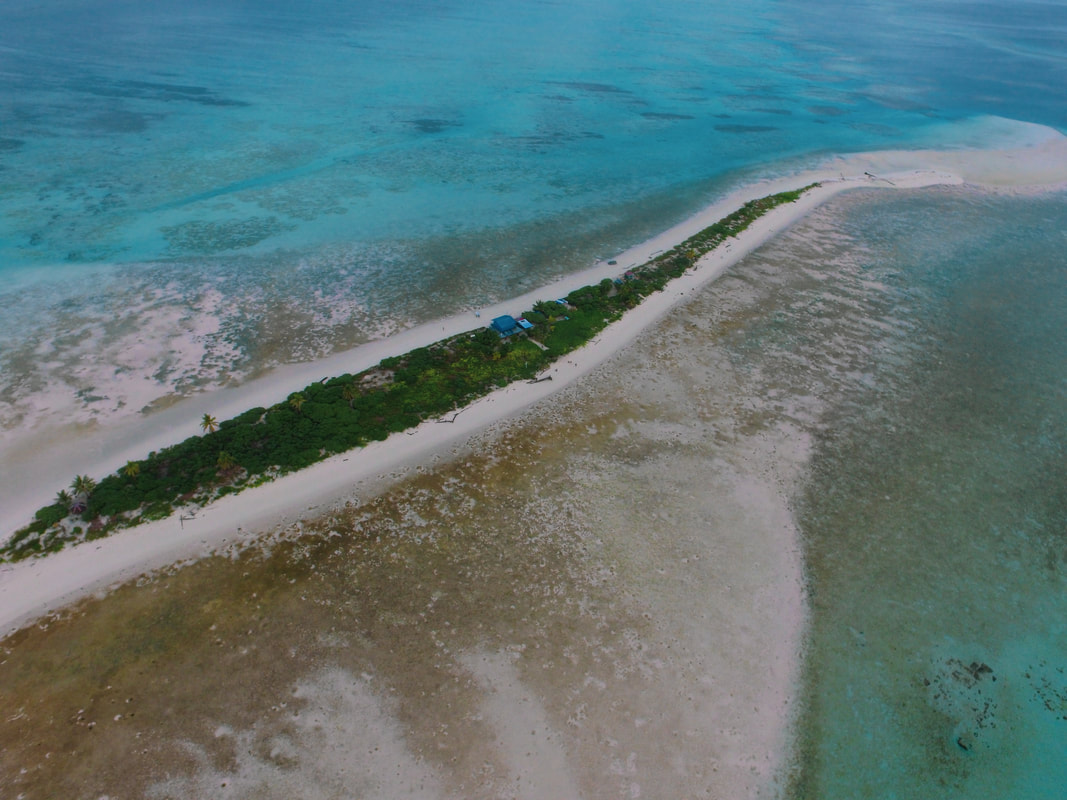
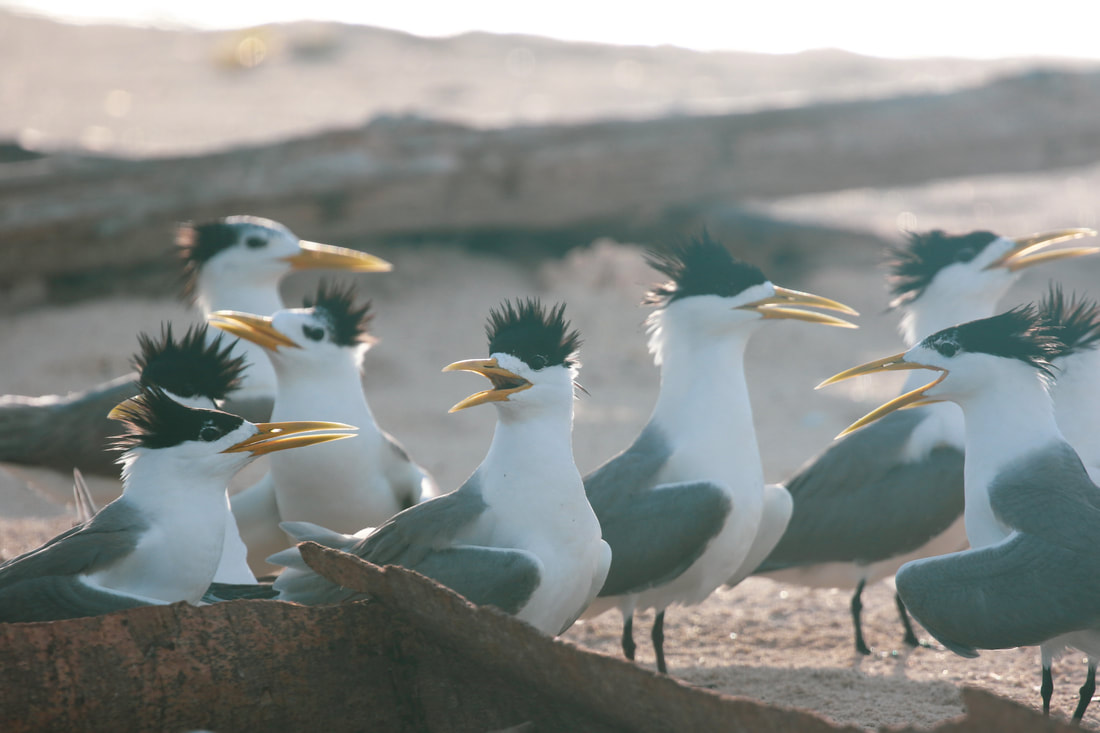
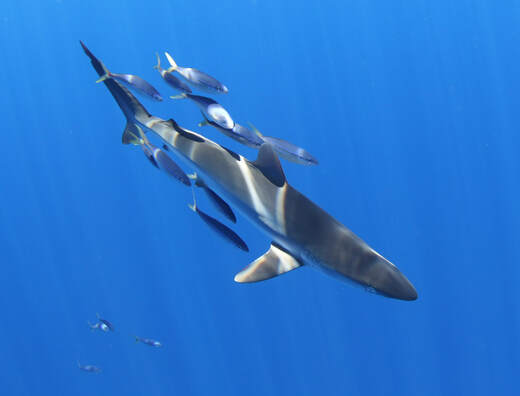
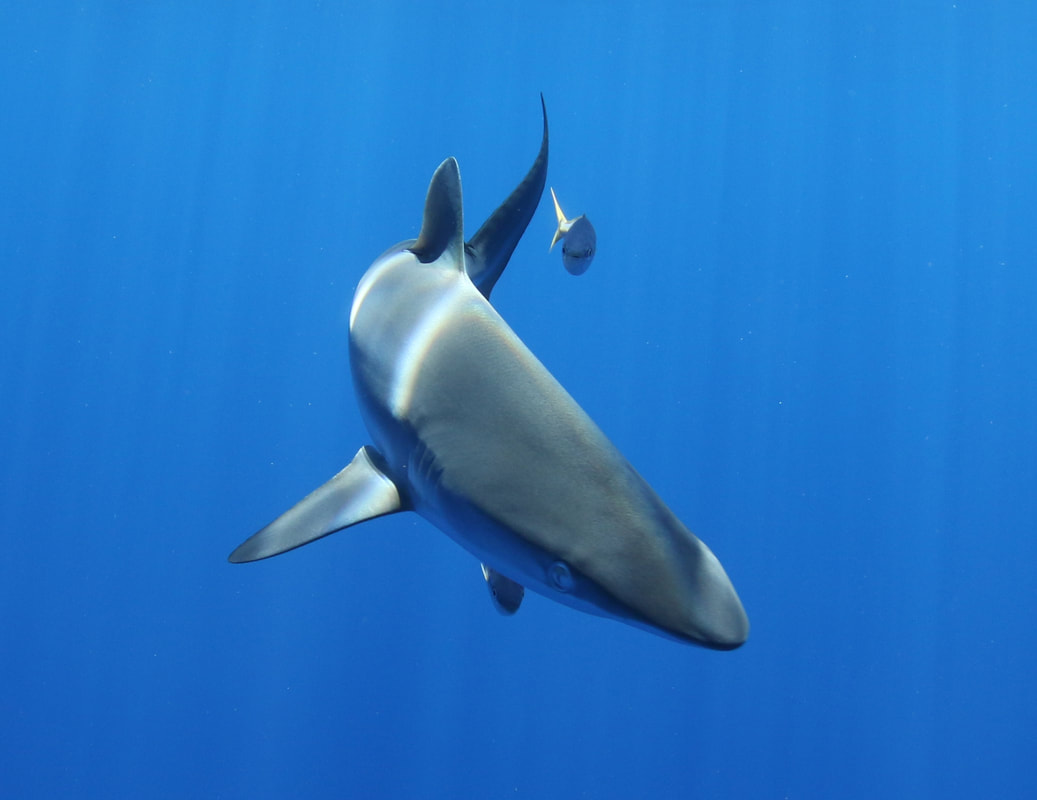
 RSS Feed
RSS Feed